Thoughts?
Getting past the cult of Genius and the bleakness of capitalist futurism.
Thoughts?
Getting past the cult of Genius and the bleakness of capitalist futurism.
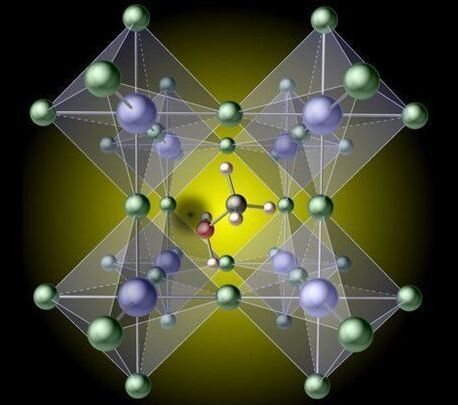
Perovskite has a lot going for it in our search for a cheap, efficient way to harvest solar energy. With a dusting of organic molecules, these crystalline structures have been able to convert more than a quarter of the light falling onto them into electricity.
Theoretically, perovskite crystals made with the right mix of materials could push this limit beyond 30 percent, outperforming silicon-based solar cells (which is currently the most abundant solar panel technology), and at a much lower cost. It’s all good on paper, but in reality, something has been holding the technology back.
Combine calcium, titanium, and oxygen under the right conditions and you’ll form repeating cages of molecules that look like a bunch of boxes joined at their corners.
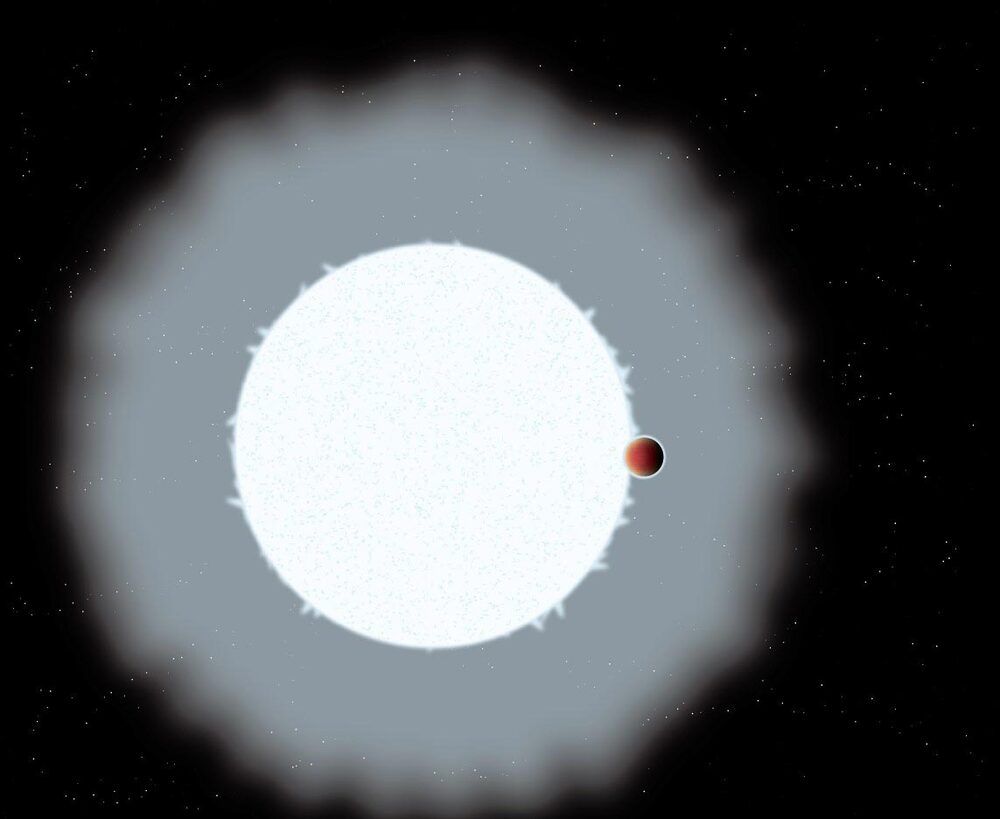
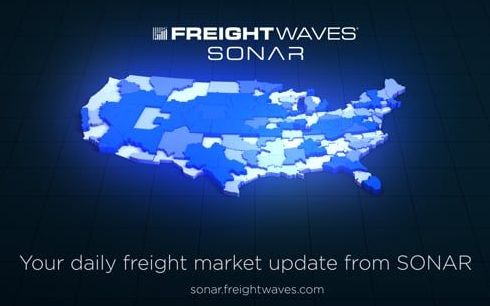
Oshkosh can make 100% battery-electric delivery trucks for the U.S. Postal Service, likely dashing Workhorse’s hopes of reigniting the competition.
Oshkosh Truck Corp. (NYSE: OSK) can make 100% battery-electric delivery trucks for the U.S. Postal Service, undercutting an assertion by Workhorse Group (NASDAQ: WKHS) that its being passed over for the contract dooms the mail service to remaining a source of planet-warming greenhouse gas emissions.
Not so, Oshkosh President and CEO John Pfeifer told analysts on the company’s fiscal second-quarter earnings call Wednesday.
“We can do 100% electric vehicles from Day One,” Pfeiffer said. “If the U.S. Postal Service came to us tomorrow and said, ‘We’ve got the funding to do 100% electric from 2023,’ we can do it.”
California is set to be home to two new compressed-air energy storage facilities – each claiming the crown for the world’s largest non-hydro energy storage system. Developed by Hydrostor, the facilities will have an output of 500 MW and be capable of storing 4 GWh of energy.
As the world shifts towards renewable energy, grid-scale storage is becoming ever more crucial. Getting carbon emissions to net-zero will require a patchwork of technologies to smooth out unpredictable and inconvenient generation curves, with pumped hydro, huge lithium-ion batteries, tanks full of molten salt or silicon, thermal bricks, or heavy blocks stacked up in towers or suspended in mineshafts all in the mix.
Pumped hydro accounts for around 95 percent of the world’s grid energy storage and gigwatt-capacity plants have been in operation since the 1980s. The problem is that you need a specific type of location and a staggering amount of concrete to build a pumped hydro plant, which works against the goal of reaching net zero. Rotting vegetation trapped in dams also contributes to greenhouse gas emissions. Meanwhile, the biggest mega-batteries built so far are only in the 200 MW/MWh range, though installations bigger than 1 GW are planned.
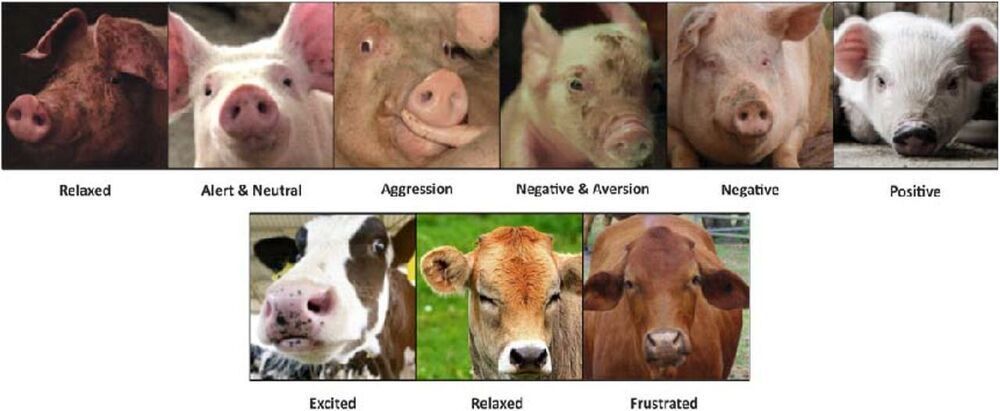
An animal scientist with Wageningen University & Research in the Netherlands has created an artificial-intelligence-based application that can gauge the emotional state of farm animals based on photographs taken with a smartphone. In his paper uploaded to the bioRxiv preprint server, Suresh Neethirajan describes his app and how well it worked when tested.
Prior research and anecdotal evidence has shown that farm animals are more productive when they are not living under stressful conditions. This has led to changes in farming practices, such as shielding cows’ eyes from the spike that is used to kill them prior to slaughter to prevent stress hormones from entering the meat. More recent research has suggested that it may not be enough to shield farm animals from stressful situations—adapting their environment to promote peacefulness or even playfulness can produce desired results, as well. Happy cows or goats, for example, are likely to produce more milk than those that are bored. But as Neethirajan notes, the emotional state of an animal can be quite subjective, leading to incorrect conclusions. To address this problem, he adapted human face recognition software for use in detecting emotions in cows and pigs.
The system is called WUR Wolf and is based on several pieces of technology: the YOLO Object Detection System, the YOLOv4 that works with a convolution neural network and Faster R-CNN, which also allows for detection of objects, but does so with different feature sets. For training, he used the Nvidia GeForece GTX 1080 Ti GRP running on a CUDA 9.0 computer. The data consisted of thousands of images of cows and pigs taken with a smartphone from six farms located in several countries with associated classification labels indicating which physical features could be associated with which mood—raised ears on a cow, for example, generally indicate the animal is excited.
Toyota finally unveils its first EV, an all electric SUV called bZ4x but it also responded to pressure of some investors to cut out the anti-EV lobbying. InsideEVs and Forbes contributor Tom Moloughney will be here to weigh in, plus other EV news of the week.
https://www.youtube.com/channel/UCdX0BJNon1c6GfOdeS3pyDw.
OUR SPONSORS:
❤️ XPENG MOTORS — Follow China’s leading smart EV automaker on Facebook at https://www.facebook.com/XpengMotorsGlobal.
My P7 video: https://youtu.be/9o0xGNewz5M
IMPORTANT NOTICE: Sponsors of this channel do not in any way control or influence the opinion or views expressed in E for Electric videos. All sponsor content is clearly marked and announced in every instance. Views and opinions expressed on this channel do not necessarily represent or reflect the opinions of our sponsors, their partners or their associates.
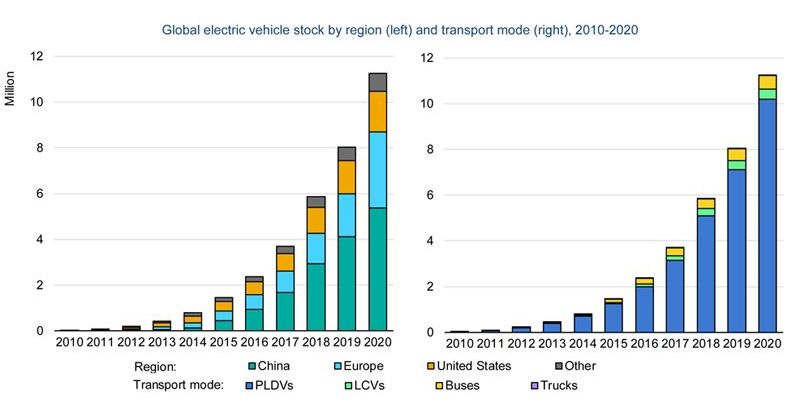
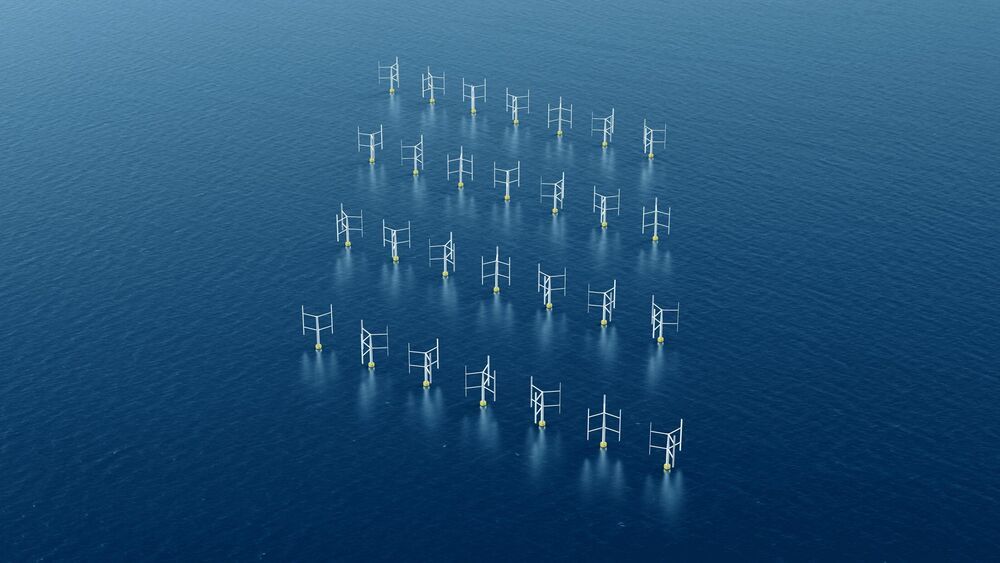
The now-familiar sight of traditional propeller wind turbines could be replaced in the future with wind farms containing more compact and efficient vertical turbines.
New research from Oxford Brookes University has found that the vertical turbine design is far more efficient than traditional turbines in large-scale wind farms, and when set in pairs the vertical turbines increase each other’s performance by up to 15%.
A research team from the School of Engineering, Computing and Mathematics (ECM) at Oxford Brookes led by Professor Iakovos Tzanakis conducted an in-depth study using more than 11500 hours of computer simulation to show that wind farms can perform more efficiently by substituting the traditional propeller-type Horizontal Axis Wind Turbines (HAWTs), for compact Vertical Axis Wind Turbines (VAWTs).
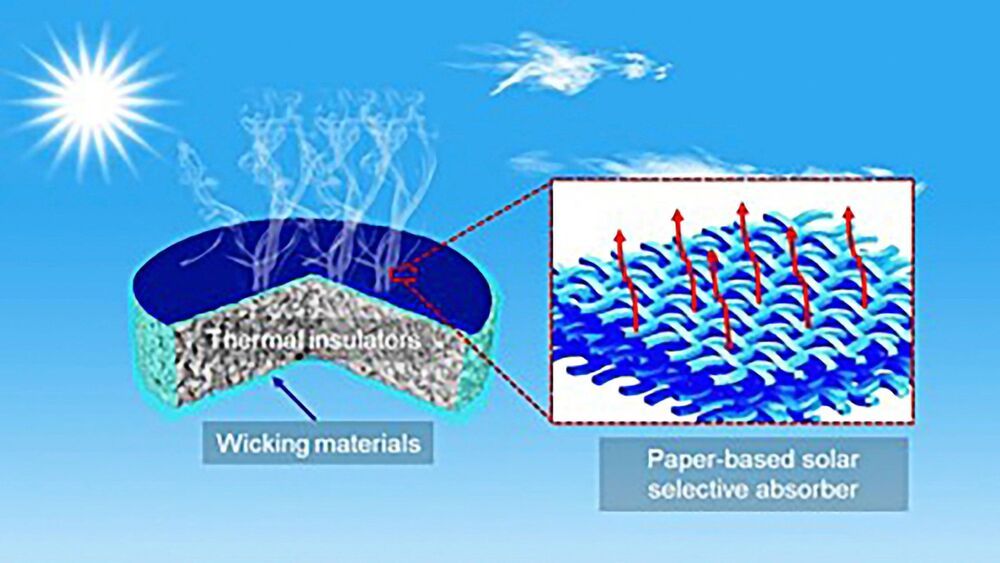
Scientists develop a low-cost, highly efficient technique that uses solar energy to remove salt from seawater, producing safe drinking water.
Despite the vast amount of water on Earth, most of it is nonpotable seawater. Freshwater accounts for only about 2.5% of the total, so much of the world experiences serious water shortages.
In AIP Advances, by AIP Publishing, scientists in China report the development of a highly efficient desalination device powered by solar energy. The device consists of a titanium-containing layer, TiNO, or titanium nitride oxide, capable of absorbing solar energy. The TiNO is deposited on a special type of paper and foam that allows the solar absorber to float on seawater.